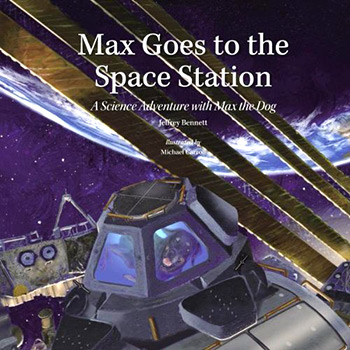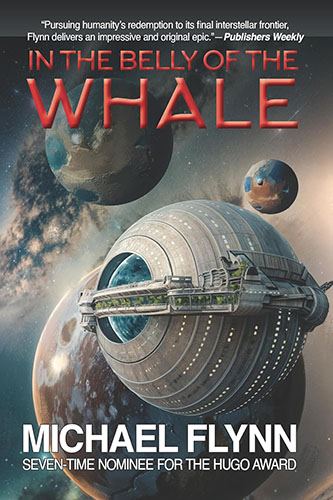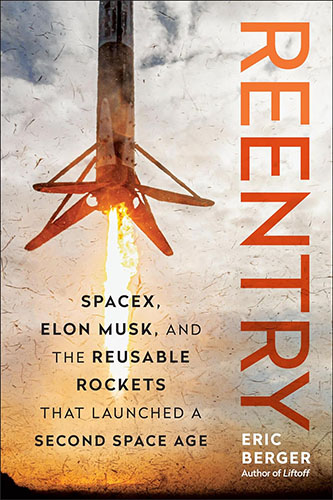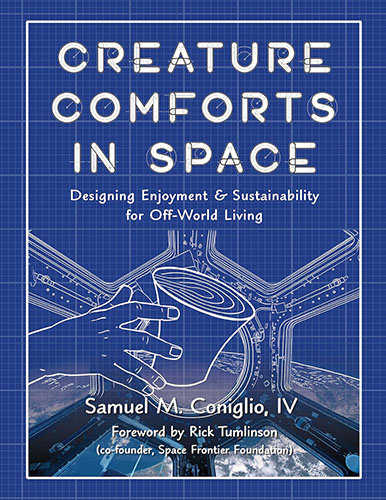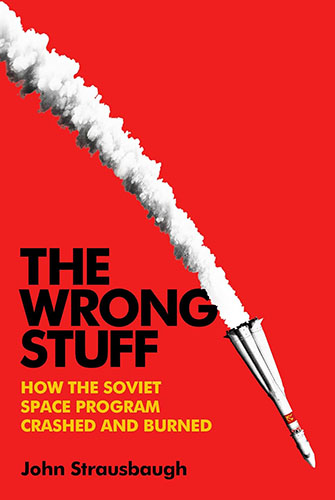Category: Children’s Book
Reviewed by: Susan Raizer
Title: Max Goes to the Space Station
Author: Jeffrey Bennett
Illustrator: Michael Carroll
Ages: 4-12
NSS Amazon link for this book
Format: Hardcover/Kindle
Pages: 32
Publisher: Big Kid Science
Date: November 2013
Retail Price: $15.00/$8.49
ISBN: 978-1937548285
The concept behind Max Goes to the Space Station resulted from collaboration between education consultant Patricia Tribe and Astronaut Alvin Drew to provide an educational program entitled “Story Time from Space.” Drew has already made a video broadcast of reading one of author Jeffrey Bennett’s earlier books while on STS-133. The entire “Max” series, entitled “Science Adventures with Max the Dog,” was sent to the International Space Station (ISS) on Orbital Sciences’ Cygnus spacecraft so the program can continue with video broadcasts from the ISS.
As a volunteer in an aerospace museum where I teach space history, I find that children, even the preschoolers, are fascinated by all things relating to space, including living and working in space. These young visitors are our future and should be encouraged to learn all they can about space.
The author of this book has this goal in mind. He is an astrophysicist and author of college textbooks on various STEM subjects as well as writing books for the general public.
Max Goes to the Space Station is an engaging book about a very intelligent and curious dog who was ‘discovered’ doing amazing tricks by a woman. She represents a wealthy person who wants to honor the Russian dog, Laika, the first being to orbit the Earth, by sending a dog to the station. Max thus will travel to the International Space Station for a week as a tourist! He undergoes an abbreviated training regimen to get him ready and is accompanied by an astronaut, Commander Grant.
Max experiences many of the same sensations that human astronauts do when they take up residence on the ISS for the first time, including space sickness, disorientation, and learning how to eat in a freefall environment. The only process not discussed is how Max relieves himself. Max soon overcomes his disorientation and becomes a welcome member of the crew, delighting his fellow crew with antics and companionship.
As Max experiences living in space, one of his owners, Tori, gets to watch and learn about how different it is to live and work in a strange environment. The book has sidebar sections explaining to the reader all the important facts: from learning about motion to the history of the ISS and how astronauts live on the station. Each segment of the journey is beautifully illustrated by renowned space artist Michael Carroll to give the reader a visual appreciation of each leg of the journey. Other side bars explain what gravity is and what each of the station’s components do. One humorous difficulty Max has is eating a steak until his owner lets the astronauts know that he is a little spoiled and needs his meat cut up!
One day, Max, who is usually very well behaved, begins to bark, and Commander Grant is concerned. Max will not leave one particular area. Here art imitates a very recent situation in reality: Commander Grant realizes that Max is barking because the cooling system is leaking. The book details how the astronauts go outside the station to repair the leak. While the emergency is corrected, the book explains to the readers that dangers can happen in space, but that the astronauts are trained to handle these events. After the repairs, Commander Grant has a story-telling session with school children and tells them how Max saved the station.
The book concludes with two pages of activities geared to the different grade levels of the readers.
Max Goes to the Space Station is an excellent resource to teach pre-school and elementary school children about the International Space Station and how astronauts and people from so many countries have helped to make it a reality. By going step-by-step through Max’s visit, the young reader learns how humans live and work in space. Hopefully, the story will have a lasting effect on the reader and encourage him or her to someday pursue a career in the sciences, technology or space.
See also our reviews of other books in this series:
© 2014 Susan Raizer
Please use the NSS Amazon Link for all your book and other purchases. It helps NSS and does not cost you a cent! Bookmark this link for ALL your Amazon shopping!

